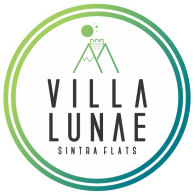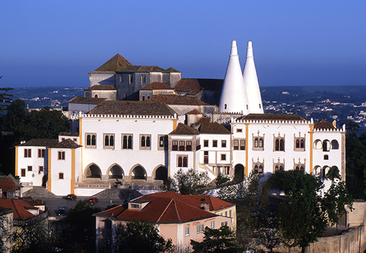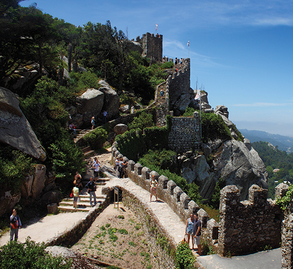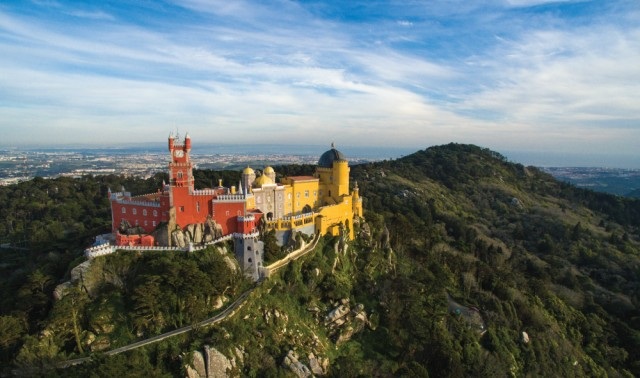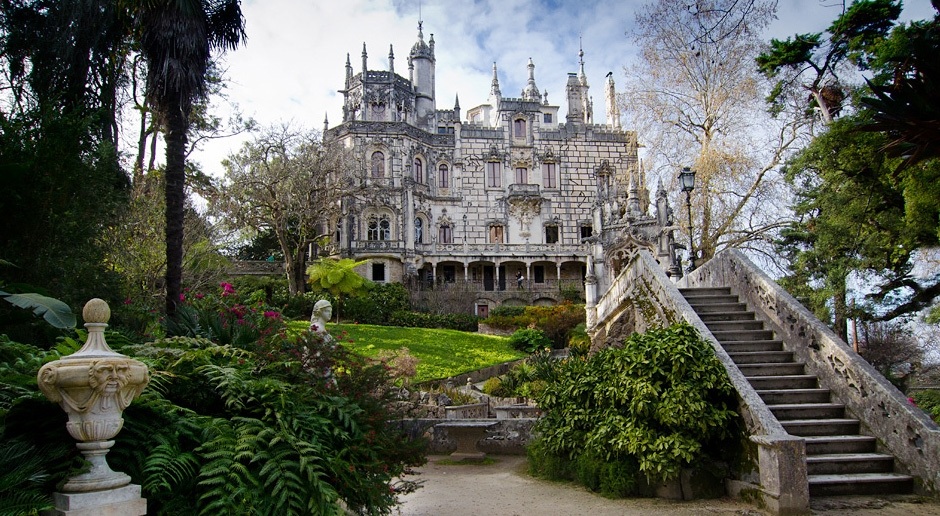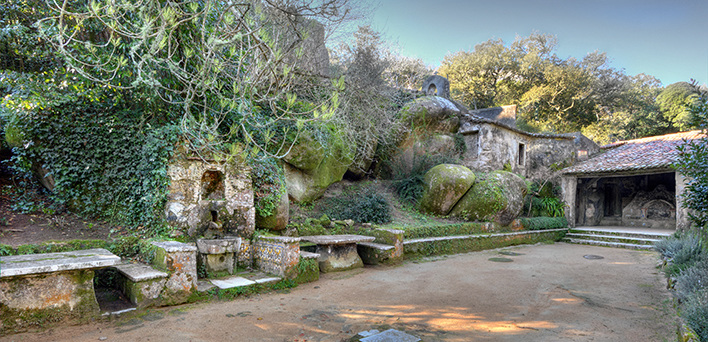-
PALACE OF SINTRA
-
MOORISH CASTLE
-
PALACE OF PENA
-
REGALEIRA
-
MONSERRATE
-
CAPUCHOS
<
>
NATIONAL PALACE OF SINTRA

GPS Coordinates: 38º 47’ 50.50” N 9º 23’ 25.87” W
BY BUS: Scotturb buses No. 434 and 435, run from the railway station to the National Palace of Sintra. BY FOOT: Train Station – National Palace of Sintra (10-15 minutes) 
9h30 – 18h00, last ticket 17h30 
Ticket for adults (18 – 64 yrs) – 8,50 euros
Ticket for youths (6 – 17 yrs) – 7 euros Ticket for seniors (over 65 yrs) – 7 euros 
To benefit from a reduction on your visit to several sites, choose combined tickets.
|
The thousand-year-old history of the Palace of the Town of Sintra began during the Muslim occupation of the Iberian Peninsula. Already mentioned in texts from the 11th century, the original Moorish Palace became the property of the Portuguese Crown after the conquest of the city of Lisbon by Afonso Henriques, the first King of Portugal, in 1147. It was first subjected to alteration work in 1281, in the reign of King Dinis, and new extensions were later added to the building over time, in the reigns of the kings Dinis, João I and Manuel I, although it has largely maintained its present-day outline since the mid-16th century. The vertical arrangement of its spaces, adapting to the nature of the terrain; the intimate organisation of the interior courtyards, outdoor spaces in which one can hear the sound of running water; the windows with their surmounted arches; and the walls covered in glazed tiles with rich geometrical patterns, are all features that underline the Moorish links of the craftsmen who built and embellished the Palace.
|
MOORISH CASTLE
PARK AND NATIONAL PALACE OF PENA
QUINTA DA REGALEIRA


There many different kinds of visits. Please check the prices in the official website at http://www.regaleira.pt/

January, November & December 10h00 -17h30 last visit17h00
February, March & October - 10h00 - 18h30 last visit 18:00 April - September - 10h00 - 20h00 - last visit 19h00 |
A Quinta da Regaleira is one of the most surprising of all Sintra’s monuments. Located on the outskirts of the town, it was built 1904 e 1910, in the last days of the Portuguese monarchy.
This romantic property formerly belonging to the Viscondessa da Regaleira, was acquired and enlarged by António Augusto Carvalho Monteiro (1848-1920) as his favourite country estate. His vast fortune earned him the nickname of Monteiro dos Milhões, (Moneybags Monteiro). He commissioned this unique project of house and landscape from the Italian set-designer and architect Luigi Manini (1848-1936) whose genius, along with the mastery of sculptors, stonemasons, craftsmen who had formerly Palace Hotel do Buçaco, created this magical place. |
